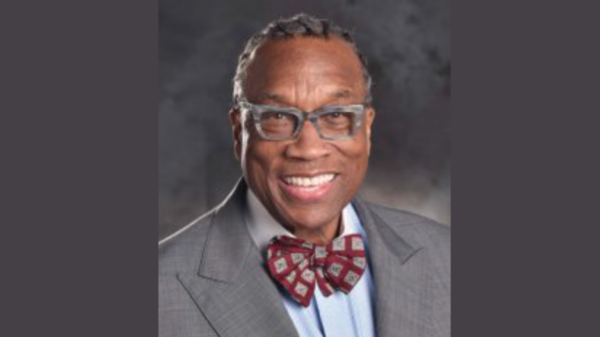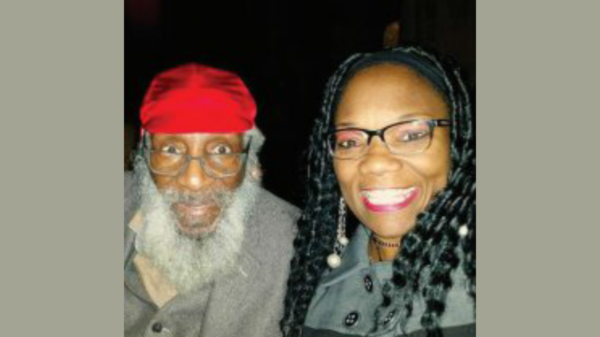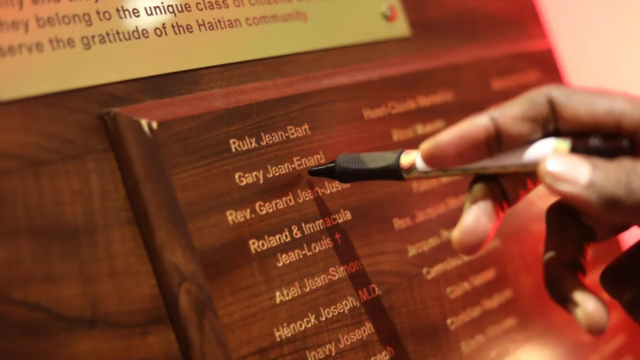
Fifty years ago on December 12, 1972, 65 Haitians arrived on the shores of Pompano Beach, about 40 miles north of Miami, in a leaking, wooden boat — escaping the violence and dictatorship of the Duvalier Regime.
Yvon Bruno, the boat’s captain, told the New York Times back in 1972 why he had made the voyage.
“I was in a cell holding eight men, and one night, three of the others were taken out and were never seen again,” Bruno said. “We decided it was time to leave.”
On Dec. 12, 2022, about 100 people gathered at the Little Haiti Cultural Center to hear about that group of refugees, the first known voyage of many that brought so-called “boat people” from Haiti to Florida. Made possible through a coalition of 15 Florida groups, Monday’s event kicked off a yearlong series of activities acknowledging the contributions Haitians have since made to South Florida.
“We will have an opportunity to reflect, to acknowledge, to celebrate, to mourn, and to look at the road that was paved for us as a community,” said Gepsie M. Metellus, executive director of Sant La — Haitian Community Center, in her opening remarks.
These pioneers called “boat people” are the shoulders the community stands on today, Metellus said.
History of perilous voyages
Between 1972 and 1981, about 55,000 Haitians arrived in Florida on the high seas, according to federal immigration agencies.
Americans assigned a stigma to the so-called “boat people” as uneducated and unskilled, generalizing the term to refer to all Haitians. In the 1970s, employers refused to hire Haitians saying they had tuberculosis, then claiming erroneously during the 1980s that the new immigrants had AIDS.
Reclaiming ‘boat people’ as mark of pride
Many Haitians are now reclaiming what that label means, pointing to how the community has moved from refugee status to citizenship with accomplishments in every field: elected officials, business professionals, athletes, artists, educators, healthcare workers and essential workers to name a few. The success has reinforced a sense of pride in the community over time.
“This community was built by the Haitian refugees,” Rulx Jean-Bart, one of the first directors of the Haitian Refugee Center, said.
When Haitians first applied for refugee status, they faced three issues, Jean-Bart explained.
“First, the status was only granted to those who came from communist countries. Second, the dictatorship in Haiti, Duvalier, was an ally to the U.S., and third, they were Black,” Jean-Bart said.
The U.S. government claimed the Haitians were not political prisoners and rather escaping for economic reasons. But the Black community, including civil rights activists, the Black Baptist Church, Haitians from New York and Black Congressional Caucus, fought this claim and kept the first group of arrivals from being deported.
When organizations stepped up to help Haitians, they also received pushback. Detention centers were created for the first time, and people were sent to other states like Texas. Under the presidency of Ronald Regan, it was also the first time people were being sent back to their native countries.
“The idea was to shake you,” said Jean-Bart.
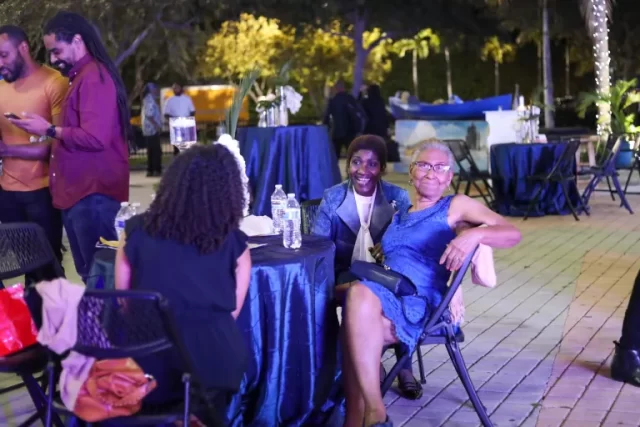
Community’s evolution
Throughout the evening Monday, several speakers, including Jean-Bart, relayed the history community’s evolution since the initial arrivals.
Haitians took to the street in protest and began to challenge U.S. policy. Refugees in the 1980s won in a pivotal discrimination case, Haitian Refugee Center v. Civiletti, which helped restrain the Commissioner of the Immigration and Naturalization service from deporting Haitian nationals without considering political persecution. Organizers also put pressure on the Carter administration to establish the Cuban-Haitian Entrant Act of 1980.
By 1986, a large majority of Haitians had received permanent residency status and many were on their way to becoming naturalized citizens. Over time, they began purchasing homes in Little Haiti, sending children to Ivy league schools, and starting entrepreneurship ventures.
The Haitian community brought richness to Miami’s community with staples like Haitian restaurants, botanicas, churches and book stores. In 2006, the Little Haiti Cultural Center broke ground and has been the heart of cultural performances, art galleries and gatherings.
The community has evolved to living all over South Florida now with large numbers of Haitians in Broward County and Palm Beach. In the last two decades, Haitians affirmed themselves in government positions such as Sheila Cherfilus-Mccormick in Congress, Markenzy Lapoint serving as United States attorney for the Southern District of Florida and Karine Jean-Pierre as the White House press secretary.
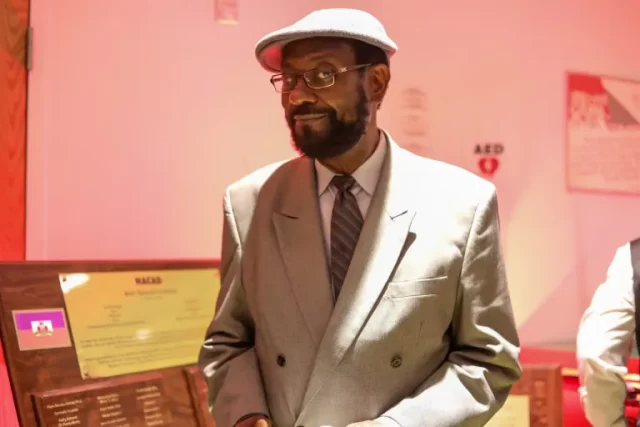
The journeys, and activism, continue
Thousands of Haitians are still arriving to Florida’s shores through dangerous sea journeys. Coast Guard crews have interdicted 7,173 Haitian migrants since Oct. 21, 2021 for 2022’s fiscal year, compared to 1,527 Haitian migrants in 2021’s fiscal year.
The political instability in Haiti worsened after the assassination of President Jovenel Moise, followed by food shortages, oil blockades, school closings, gang kidnappings and murder.
Haitians who make it to the U.S. are often repatriated or held in detention. The Biden administration deported tens of thousands of Haitians who had fled Haiti, and the deportations continue to this day.
Marleine Bastien, District 2 County Commissioner and a longtime community organizer who founded FANM, said her group has always led campaigns for a permanent path to citizenship.
“They deserve stability,” Bastien said. “We must address the root causes of migration. Because no matter how many times we will designate TPS, what is the U.S. doing to prop up a de facto government?”
For now she is thankful that the Biden administration extended Temporary Protected Status (TPS) for 100,000 Haitians in time for the holidays this month.
“Often we hear about the ills that plague Haiti, man-made or through sheer force of nature. Today as we celebrate 50 years of struggle, we also celebrate our milestones,” said Jean Monestine, a former District 2 County Commissioner, in his keynote address.






